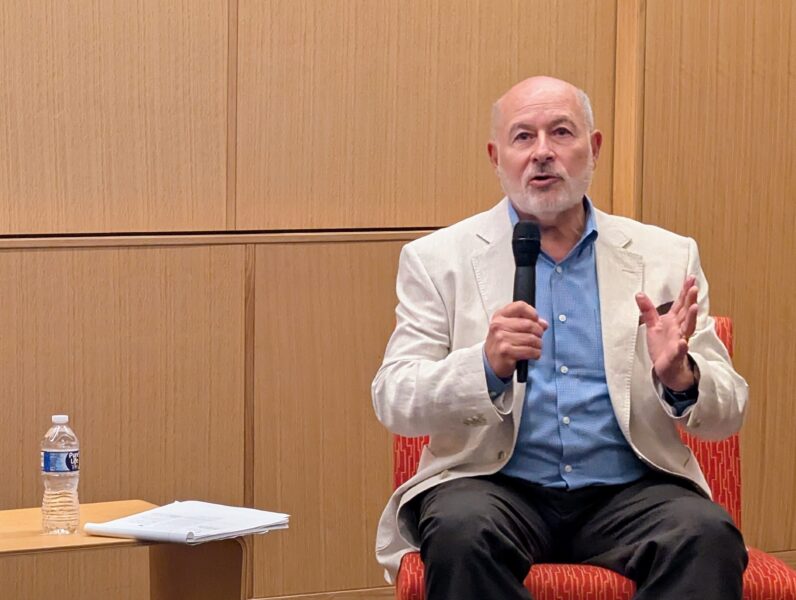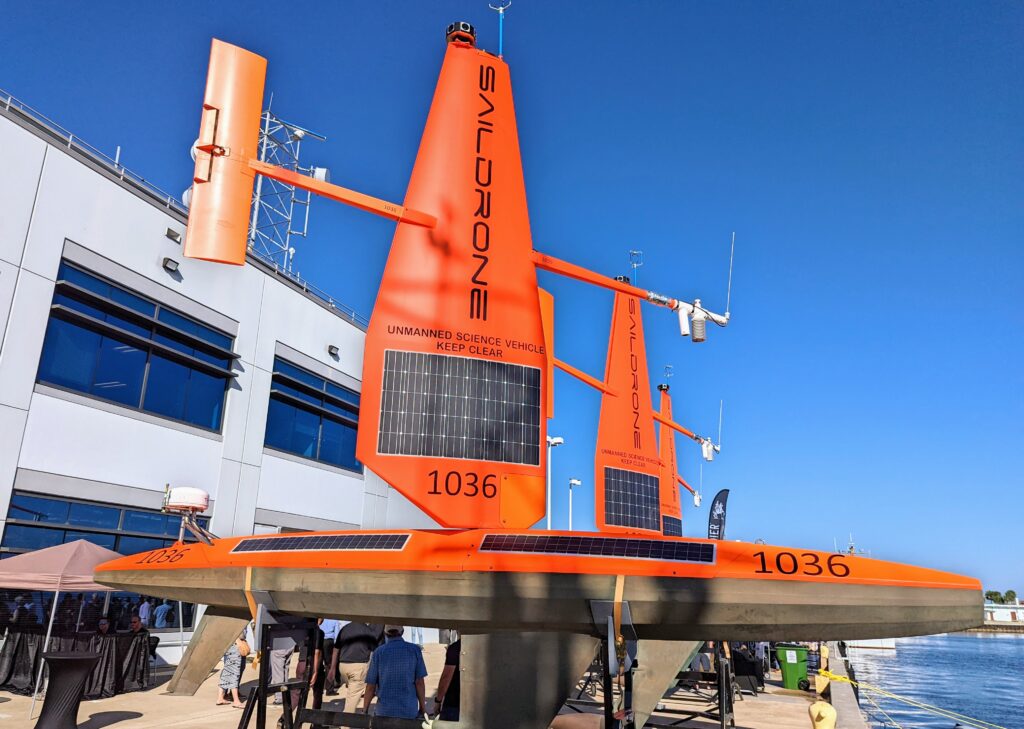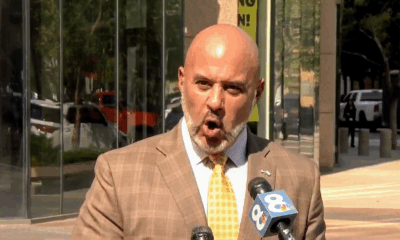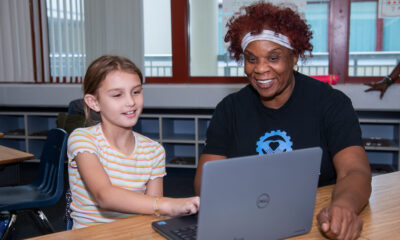Know
Former NOAA chief champions blue economy efforts
A consortium featuring the St. Petersburg Innovation District, Tampa Bay Wave and USF’s College of Marine Science, won a $14 million NOAA grant in December 2024. Dr. Rick Spinrad, then the agency’s administrator, said the community “came in with a knockout punch.”

In March 2022, Dr. Rick Spinrad said the “potential for extraordinary impact” at the newly launched Maritime and Defense Technology Hub was “like nothing I have ever seen before.”
The former National Oceanic and Atmospheric Administration administrator and undersecretary of commerce has returned to “kick the tires again.” He also discussed the future of the region’s blue economy Monday evening at the University of South Florida St. Petersburg campus.
A NOAA study found that Tampa Bay’s marine economy generated an $8.7 billion gross domestic product in 2021. Spinrad, one of the nation’s leading oceanographers and policy experts, believes that is the tip of the iceberg.
“When we say Dr. Spinrad wrote the book on the blue economy, he literally did,” said Linda Olson, CEO of Tampa Bay Wave. “It’s right here.”
Local marine stakeholders have thrived since Spinrad helped commemorate the Hub’s opening. The Continuum, a consortium featuring the St. Petersburg Innovation District, Tampa Bay Wave and USF’s College of Marine Science, won a $14 million NOAA grant in December 2024 to support and scale startups that pioneer environmental resiliency tools through technological advancements.
The district also recently reconvened dozens of interdisciplinary stakeholders, the St. Pete Ocean Team, to develop a strategy that articulates the impact and opportunities for marine-based businesses and initiatives. Many of its members helped inform The Continuum’s framework.
“I saw things happening that other parts of the country were only talking about,” Spinrad said. “We didn’t know, when we started the accelerators program at NOAA, what we would get in terms of proposals. This community came in with a knockout punch.
“I’ve always been curious how this is going to develop. I had the opportunity to come down, and I wanted to see it.”

A Saildrone at the Maritime and Defense Technology Hub in St. Petersburg’s Innovation District. Photo by Mark Parker.
The blue economy encompasses tourism and recreation, shipping and transportation, commercial and recreational fishing, power generation, research and related goods and services. The new blue economy builds on the traditional version by harnessing the power of big data.
Public, private, government and academic organizations can then use that information to position offshore wind and aquaculture farms, create more efficient shipping routes, bolster environmental resiliency and provide more accurate weather predictions. The Continuum will foster entrepreneurs with unrealized industry ideas.
“It’s taking information and monetizing it for a very specific market,” Spinrad said.
Congresswoman Kathy Castor has championed those local efforts. She noted “how critical it is to prepare our region, our country, for the future – economically and environmentally” in a videotaped message.
“Dr. Spinrad brings unmatched insight into what it will take to build a thriving blue economy that works for everyone,” Castor said. “Tonight’s fireside chat is about planting the seeds for that future.”
Artificial intelligence and machine learning will help disseminate that data. Spinrad thought the blue economy was “a little bit stagnant” a decade or two ago, “partly because technology hadn’t developed enough.”
He believes technology has sufficiently matured, and there is already a market demand for new marine products and services. “I’m trying to figure out if the investments are there – are investors ready to start serving these markets?” Spinrad said.
“What I took out of our discussions earlier today is that there is significant interest,” he added. “One of the areas that has fundamentally changed and is now ripe for this investment is adaptation to … climate effects.”
Spinrad said he is “really excited” about efforts to farm algae for use in biomedical products and energy production. Materials made from algae could also replace plastic. Researchers at Oregon State University produced a form of seaweed that “tasted just like bacon.”
Spinrad, whose extensive career with NOAA ended in January, stressed the importance of supporting policymakers who understand marine-related issues. “The worst thing about policy is when it’s not informed by the best science,” he said.
“One of the things that concerns me right now is that we’re developing this schism between policy and science,” Spinrad continued. “We’ve got to bring those two tracks closer together.”
He stressed the importance of “broad and diverse” educational experiences. Spinrad also “very strongly” believes that the nation must regain its “ability to tolerate risk in investment in research.”
Stakeholders can access data from NOAA, NASA and other government agencies. Spinrad noted the information is easily accessible, accurate and paid for through tax dollars.
He explained the importance of public awareness, which can help affect policy changes that benefit entrepreneurs. Spinrad said calls for improved hurricane forecasting empowered companies like Saildrone, which operates from the Hub and uses un-crewed ocean gliders to collect elusive data.
Spinrad encourages universities to monetize intellectual capital. He said grant applicants spend 42% of their time filling out “stupid” government forms.
Academic leaders should give intellectual property “the same respect” as published research. “Paradigms need to change,” Spinrad added. “China needs to break.”







